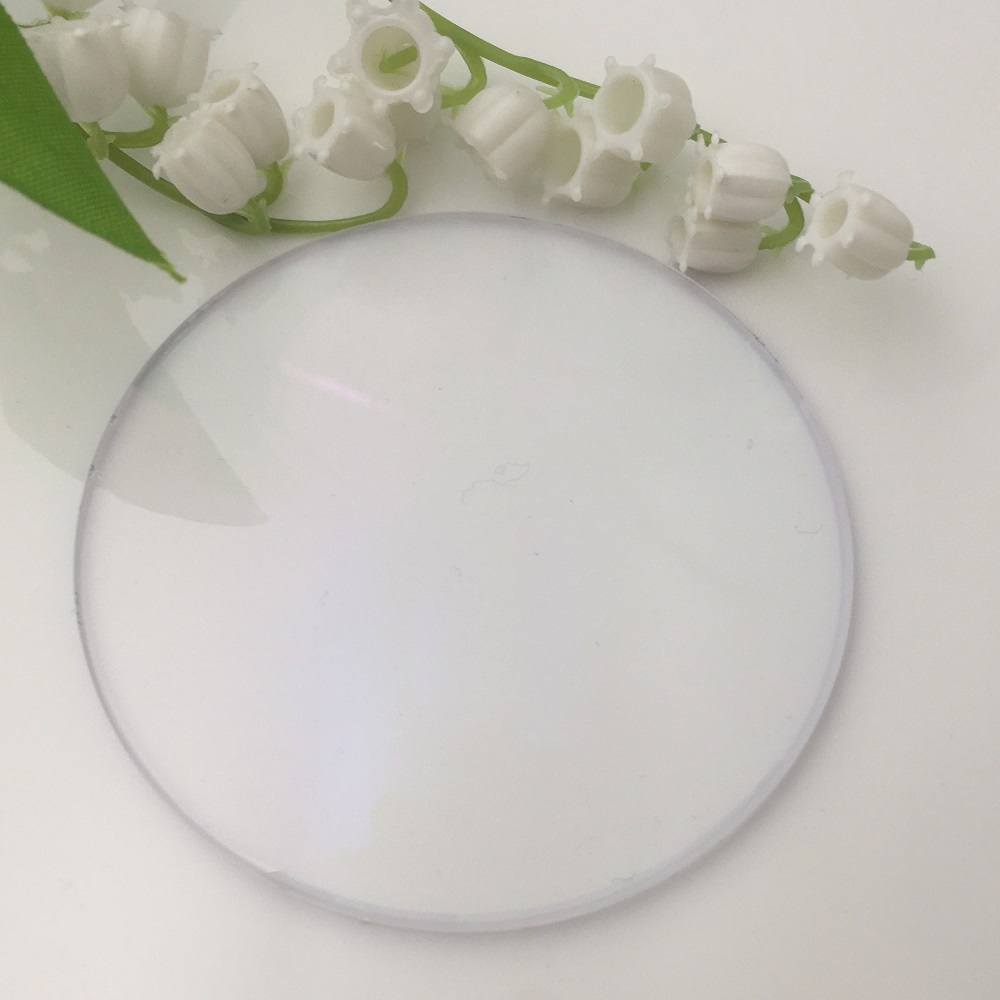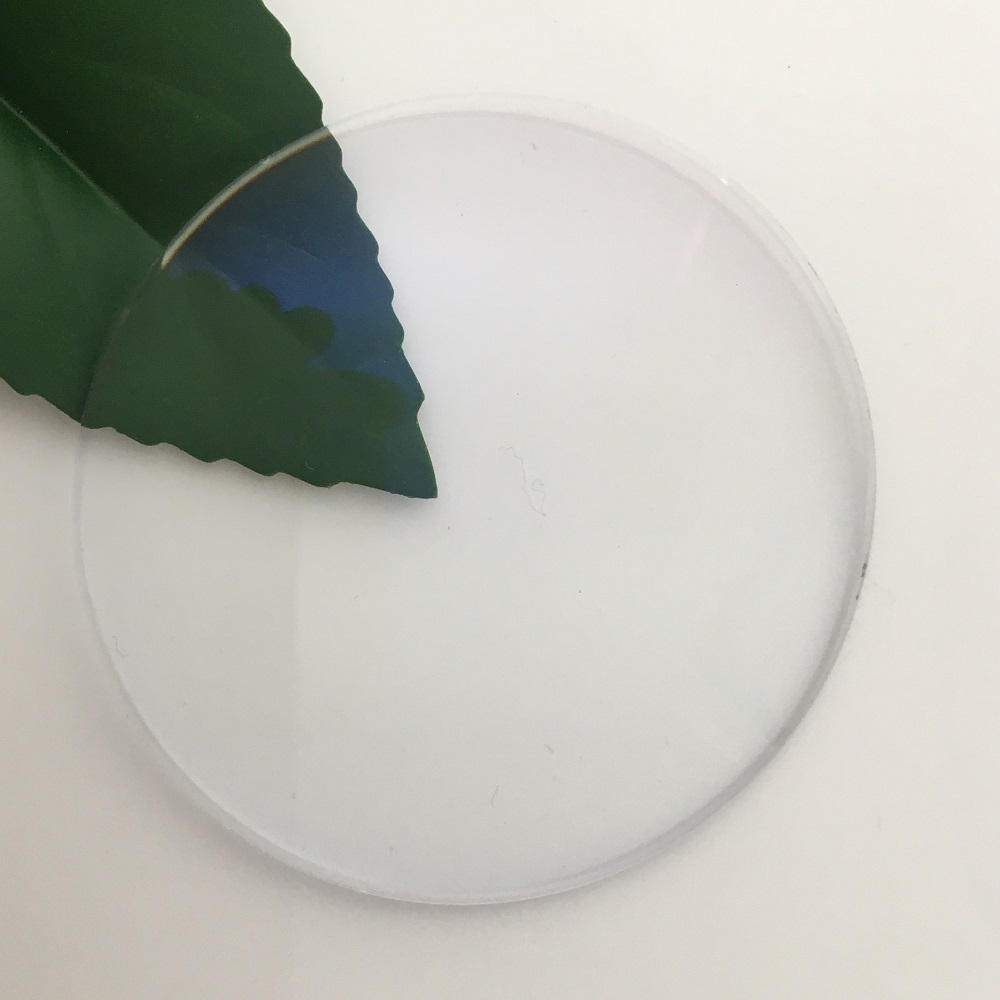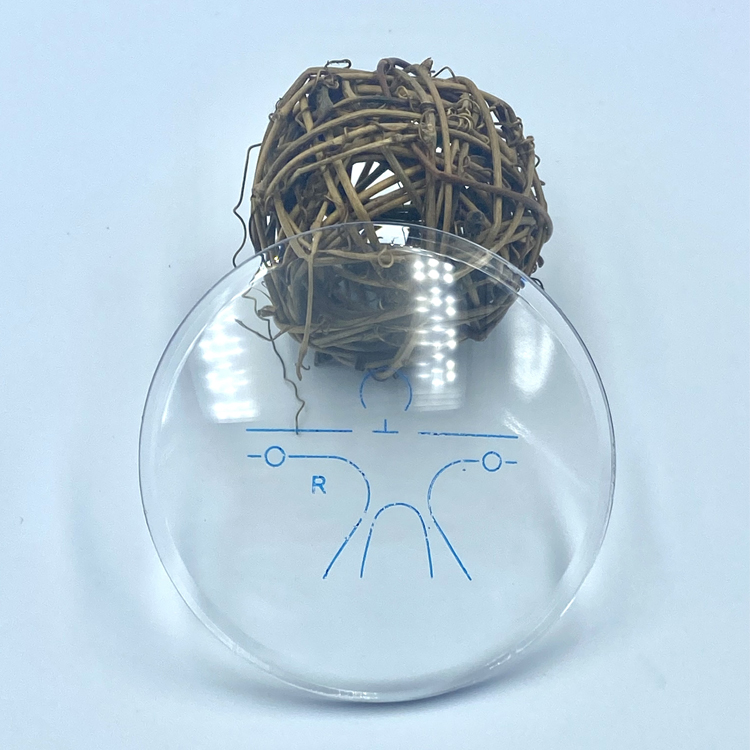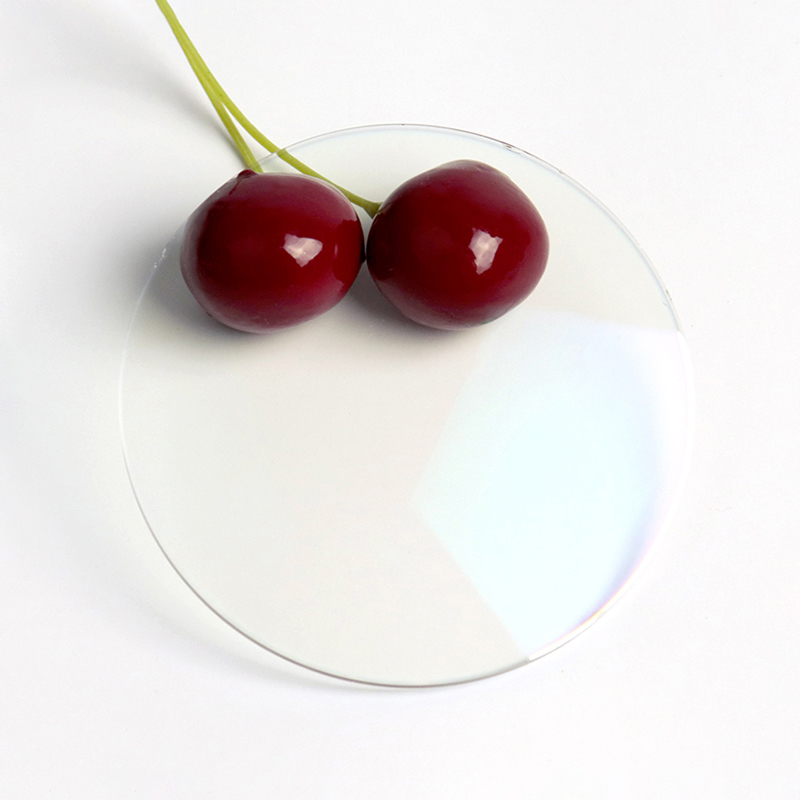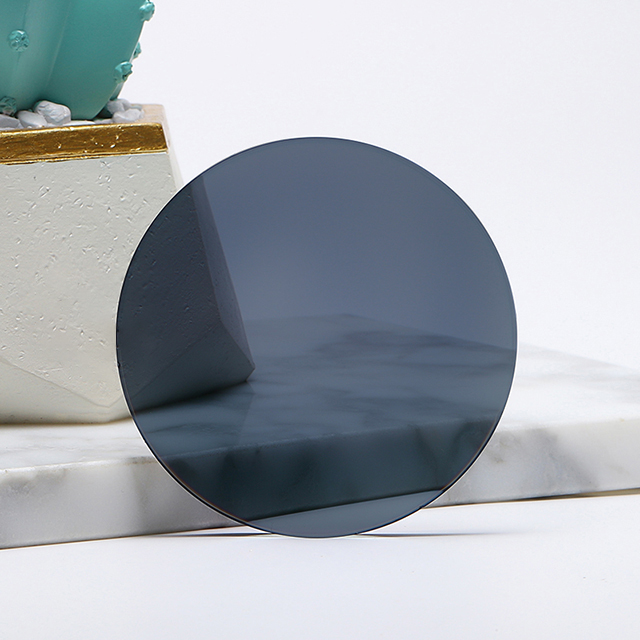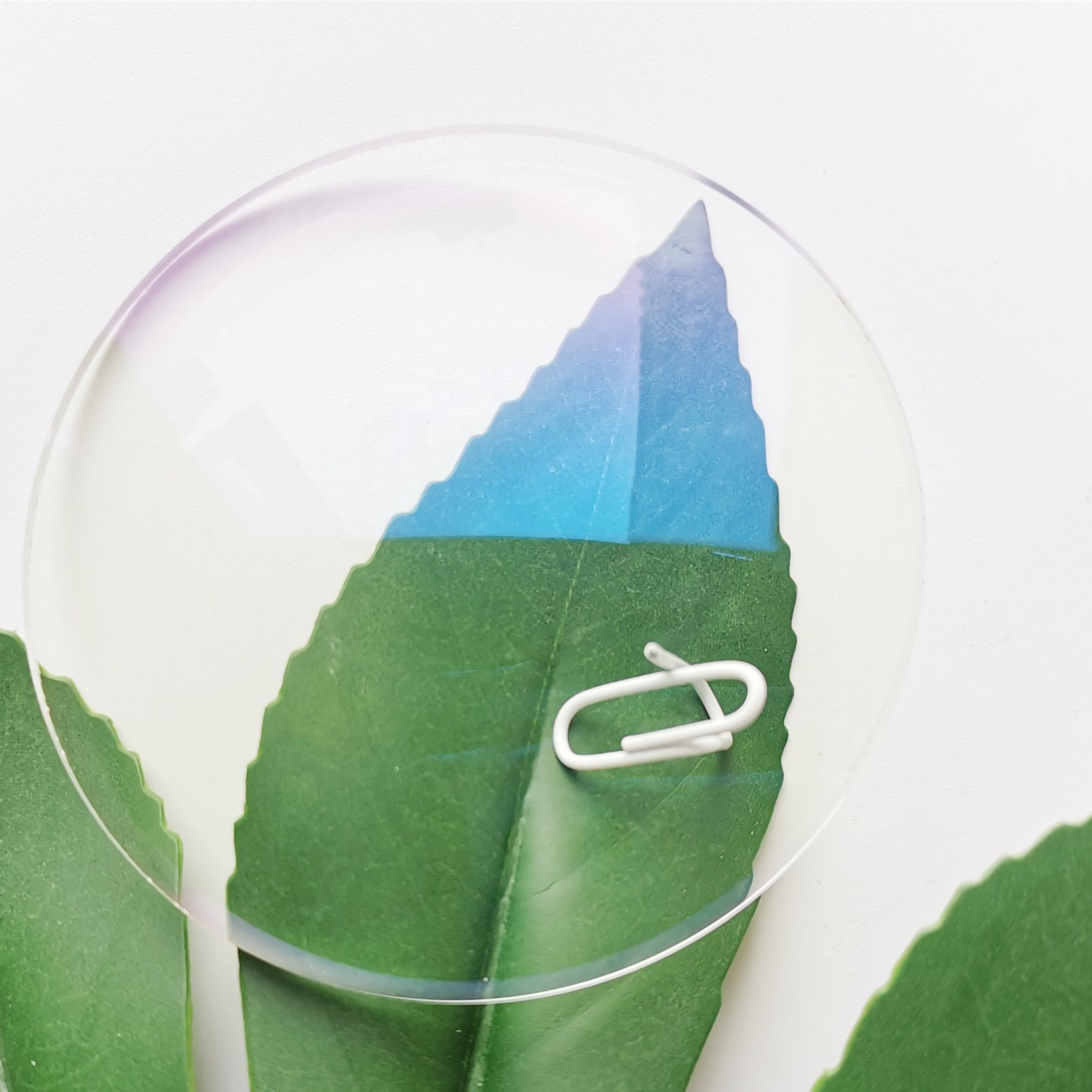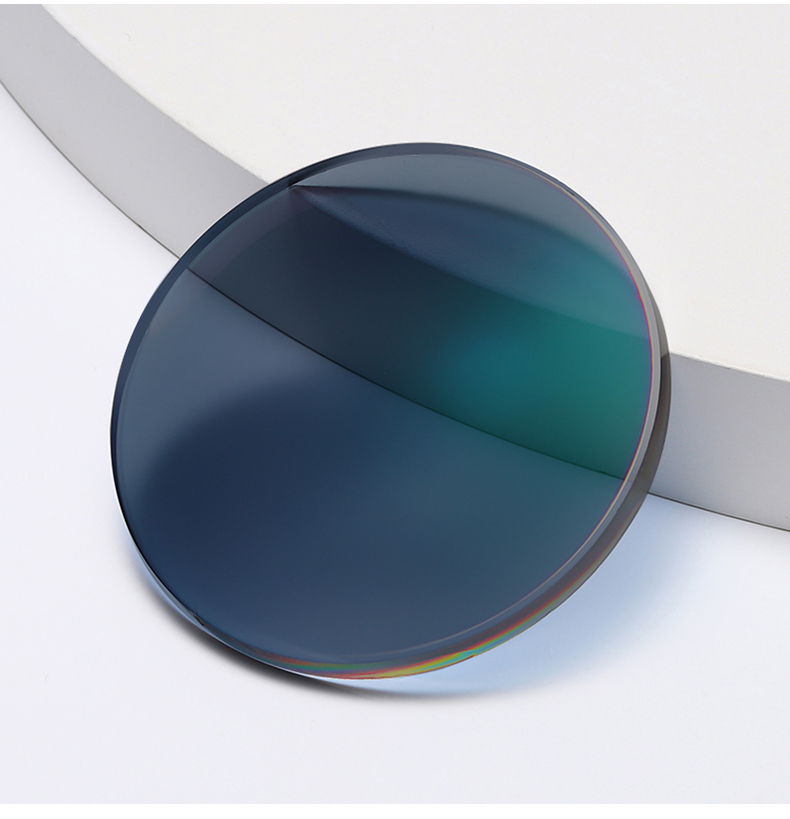SETO 1.67 Blue Cut Lens HMC/SHMC
Specification
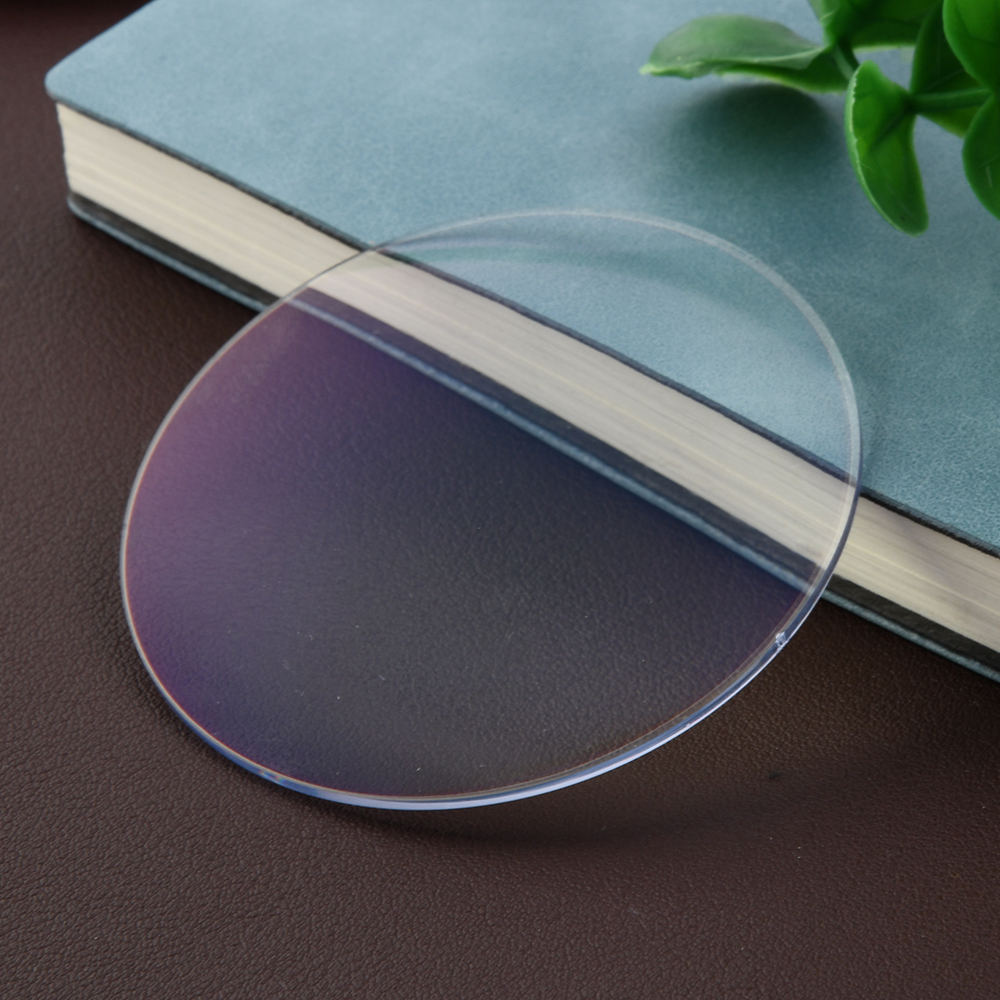
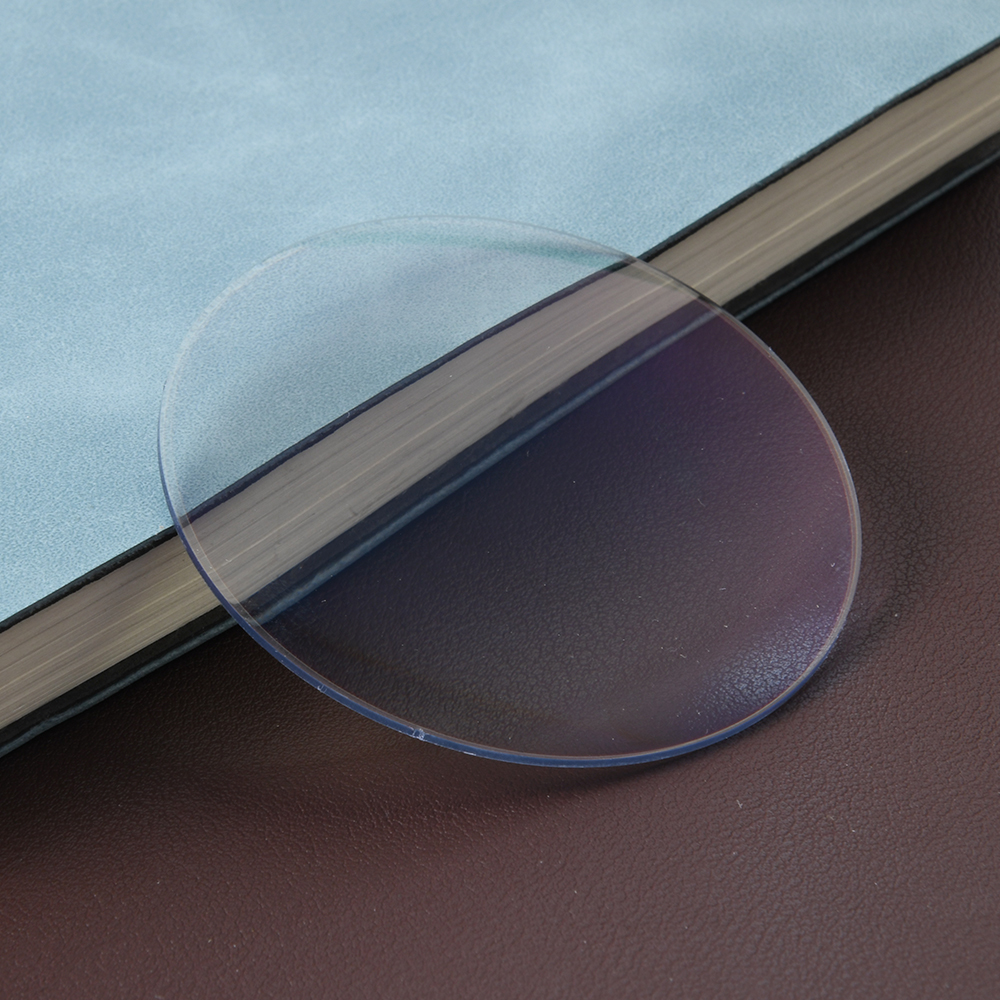
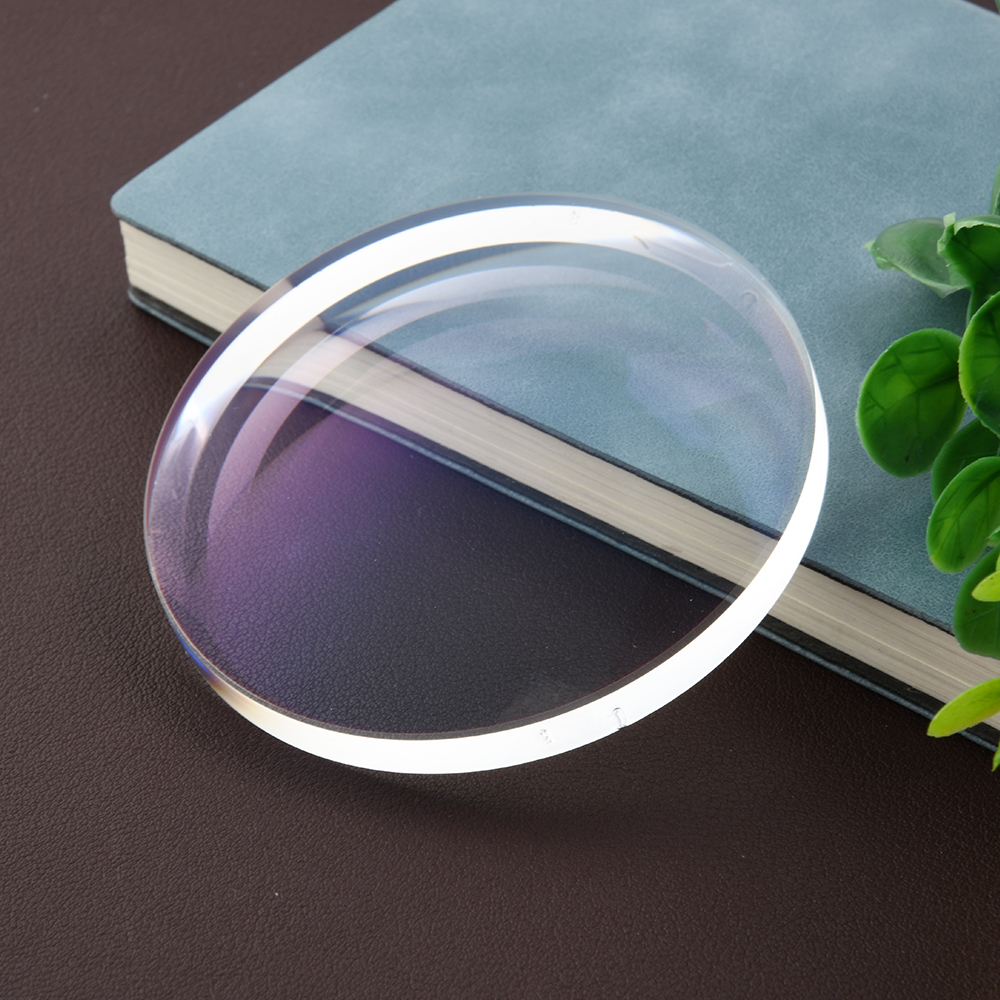
| Model: | 1.67 optical lens |
| Place of Origin: | Jiangsu, China |
| Brand: | SETO |
| Lenses Material: | Resin |
| Lenses Color | Clear |
| Refractive Index: | 1.67 |
| Diameter: | 65/70/75 mm |
| Abbe Value: | 32 |
| Specific Gravity: | 1.35 |
| Transmittance: | >97% |
| Coating Choice: | HMC/SHMC |
| Coating color | Green, |
| Power Range: | Sph:0.00 ~-15.00; +0.25 ~ +6.00; Cyl:0.00~ -4.00 |
Product Features
1) Why we need blue light
The visible light spectrum, which is the segment of electromagnetic radiation that we can see, consists of a range of colors – red, orange, yellow, green, blue, and violet. Each of these colors has a different energy and wavelength which can affect our eyes and vision. For instance, blue light rays, also called High Energy Visible (HEV) light, have shorter wavelengths and more energy. Often, this type of light can be very harsh and damaging to our eyesight, which is why it’s important to limit exposure to blue light.
Although too much blue light can be harmful to your eyes, eye care professionals state that some blue light is needed to maintain your overall health. Some of the benefits of blue light include:
Boosts our body’s alertness; Helps with memory and cognitive function; Elevates our mood;Regulates our circadian rhythm (our body’s natural sleep/wake cycle); not enough exposure could lead to development and growth delays
Remember to keep in mind that not all blue light is bad. Our body does need some blue light in order to function properly. However, when our eyes are overexposed to blue light, it can affect our sleep and cause irreversible damage to our retinas.
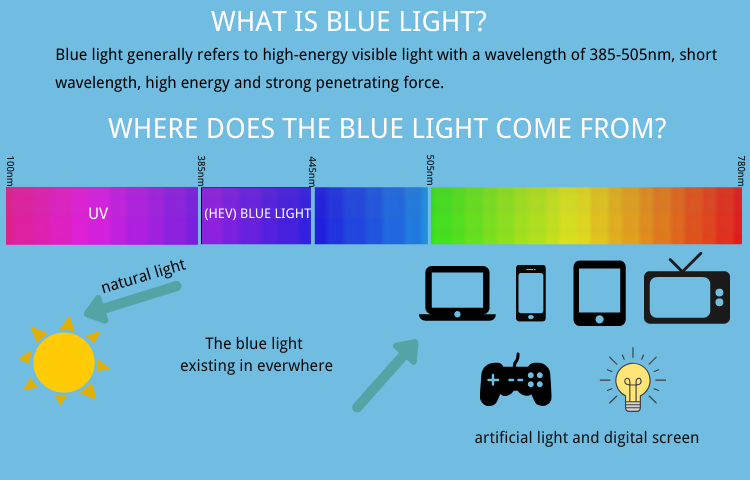
2) How does over-exposure affect us?
Almost all of the visible blue light that you experience will pass directly through the cornea and lens to reach the retina. This affects our vision and could prematurely age our eyes, causing damage that cannot be undone. Some of the effects blue light has on our eyes are:
a)Blue light from digital devices like computer screens, smartphone screens, and tablet screens, affects the contrast of light that our eyes take in. This decrease, in contrast, can cause digital eye strain which we’ll often notice when we spend too much time watching TV or looking at your computer or smartphone screen. Symptoms of digital eye strain may include sore or irritated eyes and difficulty focusing on images or text in front of us.
b)Continuous vulnerability to blue light could lead to retinal cell damage which may cause certain vision problems. For instance, retinal damage is linked to eye conditions such as age-related macular degeneration, dry eye, and even cataracts.
c)Blue light is necessary for regulating our circadian rhythm – our body’s natural sleep/wake cycle. Because of this, it’s important that we limit our vulnerability to excessive blue lighting during the day and at night. Looking at our smartphone screen or watching TV right before bed will disrupt our body’s natural sleep pattern by unnaturally exposing our eyes to blue light. It’s normal to absorb natural blue light from the sun each day, which helps our bodies recognize when it’s time to go to sleep. However, if our body absorbs too much blue light later in the day, our body will have a harder time deciphering between night and day.
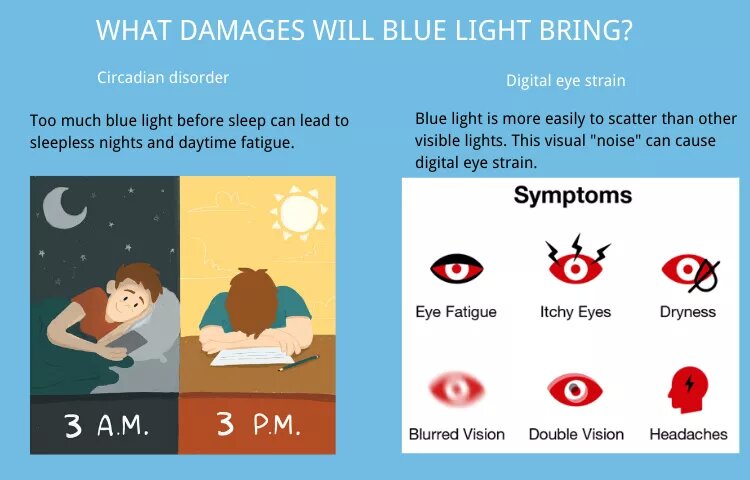
3) What is the difference between HC, HMC and SHC?
| Hard coating | AR coating/Hard multi coating | Super hydrophobic coating |
| makes the uncoated lens hard and increases the abrasion resistance | increases the transmittance of the lens and reduces surface reflections | makes the lens waterproof, antistatic, anti slip and oil resistance |
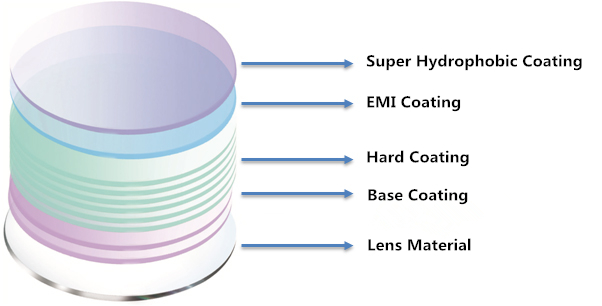
Certification



Our Factory



